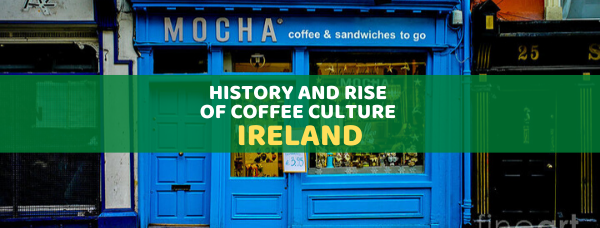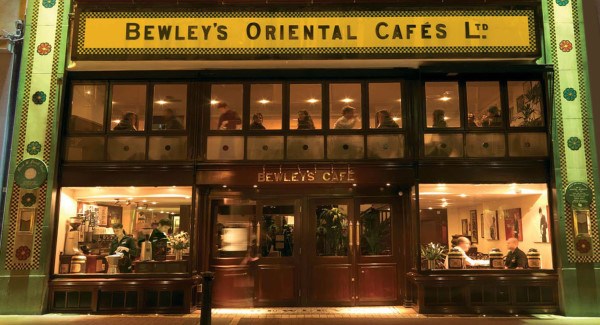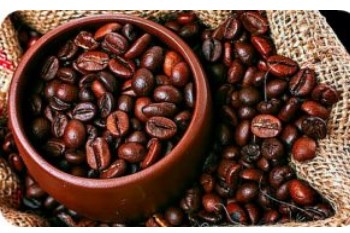History and rise of coffee culture in Ireland
Among the European countries, the Republic of Ireland is the one that has recently shown a lively growth in terms of coffee consumption (+16% CAGR from 2016 to 2018 according to Coffeebi.com).
Today, for Irish people, coffee is not just a commodity, it has become a way of life.
A research conducted on behalf of the Retail Intelligence by Empathy Research based on an Irish national representative sample of 1000 adults found out that 56% of Irish adults now consume coffee at least once a day- an escalation of 4% in two years, with over one third (34%) consuming several cups every day.
Irish pubs, facing competition from the caffeine spread, began installing espresso coffee machines to attract an even bigger and diverse clientele who seemed to be much more keen about a milk than a lager.
In this context that Irish baristas gained prominence in global barista championships, leading to education on this culture that changed the socio-cultural aspects of lifestyles of the country.

Coffee shops as the new pubs
A blossoming and vibrant caffeine infusion has led to the rise of coffee shops across the Republic of Ireland.
Right from restaurants serving the drink to the culture established by key players in this industry to paving way for the formation of independent coffee stores, specializing in specialty or artisan coffee, a lot has had happened in the span of about two decades.
Distinguishable by their enthusiastic cultivation and serving methods, coffeehouses are the places that want their customers to know that they take their drink seriously, where there’s latent focus on the sizes and materials from which the cups are made to texturing of milk to the authentic flavors amalgamated from Irish micro-roasters.
History of coffee shops in Ireland
Various theories explaining the growth of the new café culture have circulated, with reasons ranging from a surging rise in the number of migrants to anti-smoking legislation to return of the affluent Irish emigrants and else. A movement of culture took place since Ireland was known for its alcohol consumption.
For a considerable period of time, a wave of tea culture had spread in the UK, primarily because the East India Company owned the monopoly of tea, one of the then-largest in the world, and more so because the nation had difficulties in obtaining coffee owing to its wars France and Spain. Ireland seemed to follow the trend only until this English lifestyle was interrupted by a gentleman named Samuel Bewley, who later became synonymous with the Bewley’s Café in Ireland.
References that can be traced to the earliest coffee houses in the Irish capital was the Cock Coffee House in Cook Street, during the reign of Charles II (1660-85). Then came the Lucas Coffee House on Cork Hill where many duels took place, followed by Dick’s Coffee House in Skinner’s Row. There has long been an association between coffeehouses and the world of publishing, newspapers in particular. A typical characteristic back then, Dick’s was located in the drawing-room, one of the shops underneath being occupied by a bookseller and publisher. During the reign of George III, two of the most frequented coffee houses in Dublin were located in Crampton Court: the Little Dublin Coffeehouse & the Exchange Coffee House. The fad was eventually emulated by the other counties and by the year 1698, coffee houses were well established and thriving in Cork, Limerick, Kilkenny, Clonmel, Wexford and Galway, and in Belfast and Waterford later in the 18th century.
From the mid-19th century, the social dining pattern of the entire of Ireland transformed, keeping in line with that of the UK and other Western European nations on a whole, leading to the Bewley’s era whose Grafton street business, in particular, could be said to have drawn heavy influence from the picturesque dining places in cities like Paris and Vienna, oriental tearooms, and Egyptian architecture, ushering in an exquisite touch into the newly formed Irish Free State.
However, it was not until the beginning of the 21st century that a new wave of coffee house culture swept through the nation.




